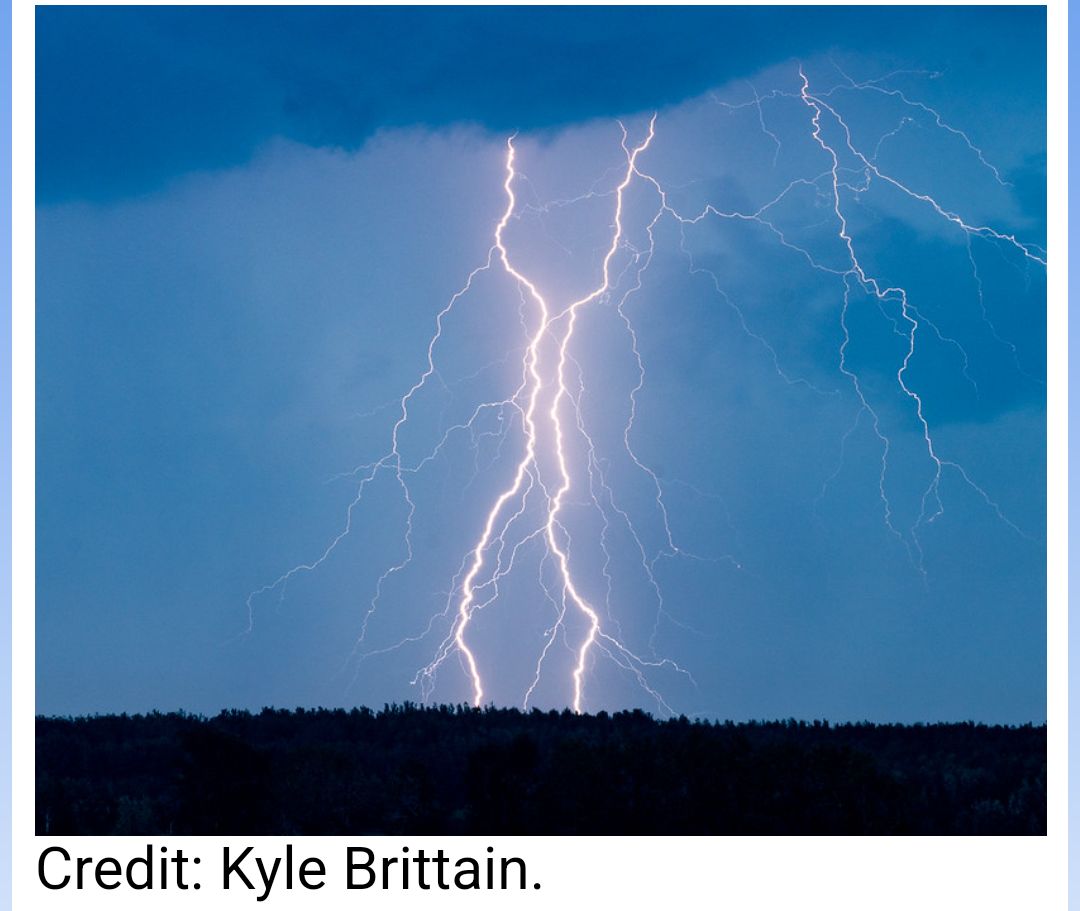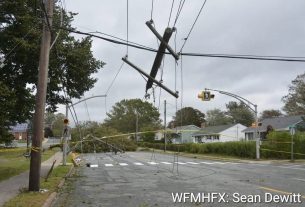**** Via Environment Canada
Lightning safety when camping
Camping is a beloved pastime for many Canadians, offering a chance to connect with nature and enjoy the great outdoors. However, the threat of lightning strikes can turn a serene adventure into a dangerous situation.

A violent lightning storm descends over Kamloops, British Columbia.
Understanding lightning risks
Lightning is a powerful natural event that can strike suddenly and without warning. In Canada, there are nearly four million lightning strikes each year, mostly during the summer months. Lightning can strike from as far as 10 kilometres away from a storm, meaning that if you can hear thunder, you’re within striking distance.
Before You Go
Check the weather forecast before heading out. If thunderstorms are in the forecast, consider rescheduling your trip. Pack a weather radio or a device with weather alert capabilities to stay informed about changing conditions while you’re out in the wilderness.
Choosing a campsite
Select a campsite with safety in mind. Avoid setting up camp on high ground, near tall, isolated trees, or too close to water bodies, as these are prime targets for lightning strikes. Dense forests offer more protection than open fields, so, when possible, choose a spot with plenty of smaller trees.
During a Thunderstorm
If you find yourself caught in a thunderstorm, follow these safety measures:
- Seek shelter: The safest place during a lightning storm is inside a fully enclosed building or a metal-topped vehicle. If neither is available, find a low-lying area away from tall trees and water.
- Minimize contact with the ground: If you can’t find shelter, crouch down with your feet together, minimizing your contact with the ground. Do not lie flat, as this increases the chance of being hit by ground current.
- Avoid metal objects: Stay away from metal objects and structures, such as fences and camping gear, which can conduct electricity.
After the Storm
Once the storm has passed, wait at least 30 minutes after the last clap of thunder before resuming activities. Lightning can strike before or after the rain, so don’t let a clear sky fool you into thinking the danger has passed. Remember: when thunder roars stay indoors!
Learn more on lightning safety.




